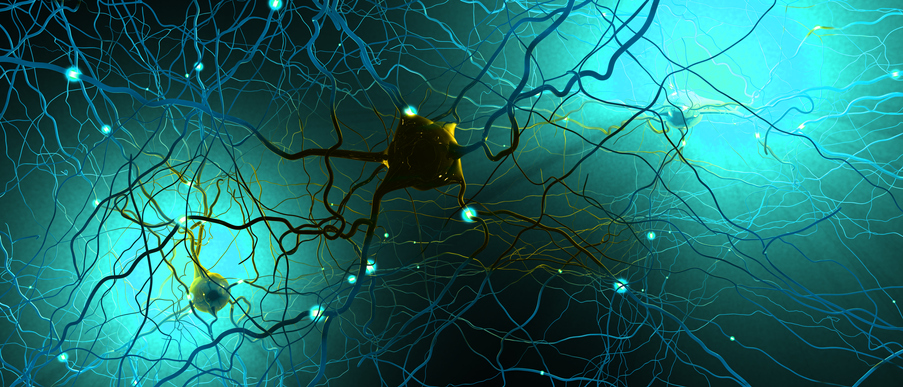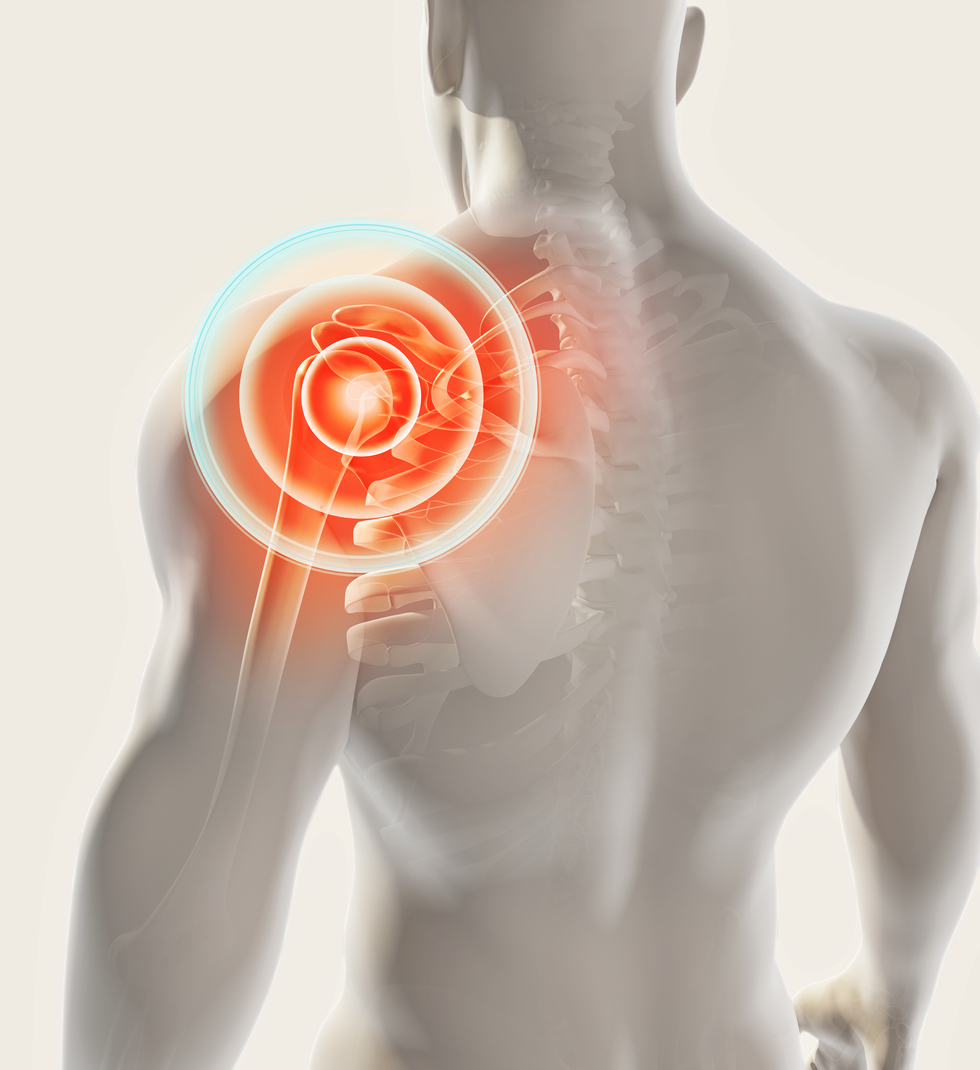Pain
How Do Nerves Work?

Nerves are the basic building blocks of the body’s central and peripheral nervous systems. The central nervous system (CNS) is the primary control system for the body and is made up of the brain and spinal cord. The peripheral nervous system (PNS) consists of all the nerves outside the brain and spinal cord; it is subdivided into the somatic and autonomic nervous systems. Nerves form the communication network throughout the body that keeps the body functioning.
What is a nerve?
A nerve is a bundle of fibers that transfers messages between the brain and other parts of the body. A nerve is made up of cells called neurons. The spaces between neurons are called synapses. Chemicals known as neurotransmitters transfer information across a synapse from one neuron to another neuron. This process rapidly repeats, transferring information along a nerve, until the message gets to the correct location. This happens automatically for functions like breathing, heart rate, etc., or it can happen as a result of conscious thought (e.g., grabbing a cup).
Types of nerves
Most nerves have sensory function, motor function, or both. Nerves with sensory function transfer messages about sights, sounds, and touch to the brain. Nerves with motor function receive messages from the brain and transfer them to the muscles to take action.
For example, if a person touches a hot stove, nerves transfer the sensations of heat and pain from the hand to the brain. The brain then uses nerves to transfer the message to the arm and hand to move. These messages can travel at a speed of 200 miles per hour.
In addition to sensory and motor nerves, there are also autonomic nerves, which control basic, involuntary activities, such as body temperature, heart rate, and digestion. These nerves are part of the autonomic nervous system (a component of the peripheral nervous system).
How many nerves are there?
There are billions of neurons and hundreds of nerves in the body. Thirty-one pairs of nerves originate at the spinal cord (spinal nerves). Twelve pairs of cranial nerves originate in the brain and travel to the head, face, and neck. Examples include the olfactory nerve, which sends messages to the brain about smell, and the facial nerve, which sends messages about taste and also controls the movement of some muscles in the face.


















